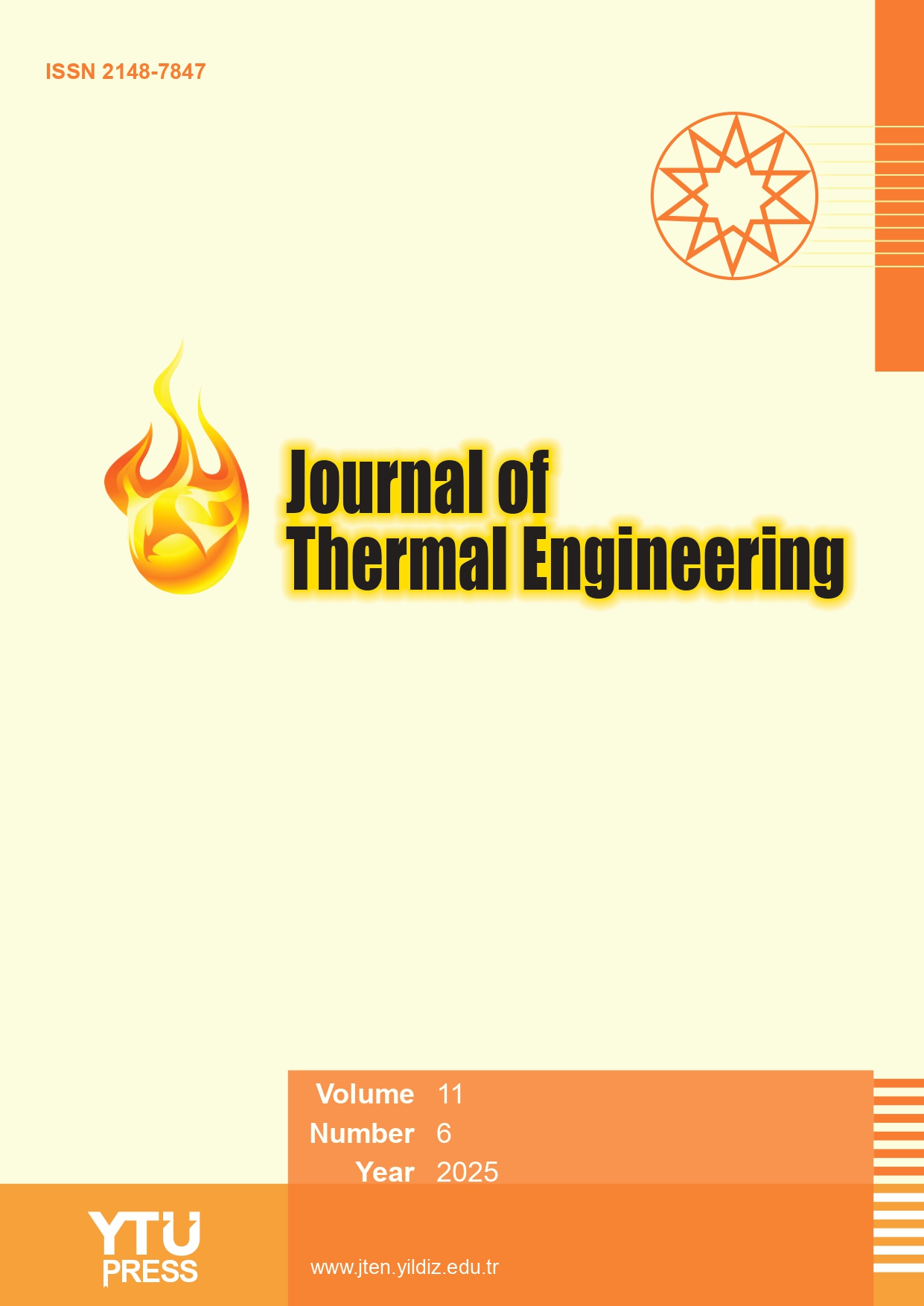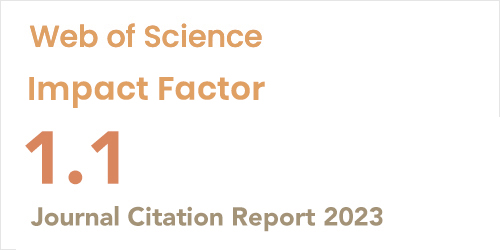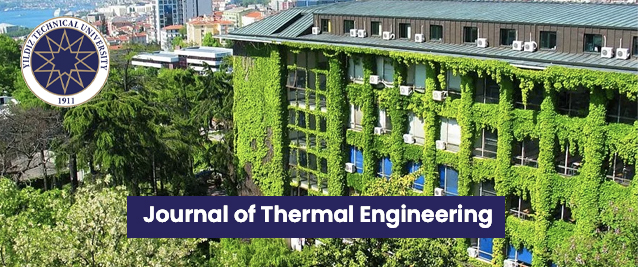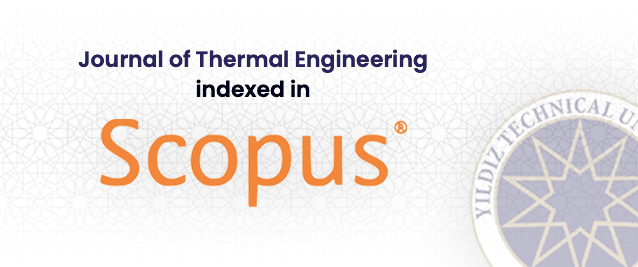Abstract
An experimental investigation of the effect of shark skin flow control structures on the aerodynamic characteristics of novel bio-inspired Leading-Edge Protuberanced wing section is presented in this paper. NACA 63(4)-021 airfoil based leading-edge protuberanced wing featuring an Amplitude of 0.12c and wavelength 0.5c is utilized in this study. Short-fin Mako’s scale structure as outlined in the previous literature were 3D Printed and they act as the base geometry of the shark scale structure. Two different sets of shark scale geometries, varying in chord length, span, amplitude, and wavelength were chosen based on the literature. Additionally, to assess the significance of the alignment of these 3D Printed shark scale structures on the aerodynamic characteristics, different patterns like Staggered non-overlapped, linear non-overlapped, linear overlapped were considered. This study merges two biomimetic ideas such as leading-edge protuberances and shark scales which renders aerodynamic benefits. The focus of this study is to assess the influence of the shark scale structures as an effective flow control means for biomimetic Leading-Edge Protuberanced Wing section. Further, all the works related to shark scale were only carried out over conventional straight wing airfoil sections. The present study is the first of its kind to investigate the influence of shark scale structures on the aerodynamic characteristics of Leading-Edge Protuberanced wings. All the series of experiments were conducted at wide range of angles of attack ranging from 0°≤α≤70° in an increment of 5° at two different Reynolds number 32066 and 69488. Surface pressure measurements were obtained over the test models with the help of Miniature Pressure Scanner 4264 Scanivalve pressure scanner pneumatically connected to the 50 pressure taps equidistributed over the upper and the lower surface of the test model. Results reveal that the use of shark scale structures as a means of flow control renders aerodynamic benefit in terms of lift increment, drag reduction and stall delay. The modified LEP model with Shark scale structures exhibit 34.6% increment in lift coefficient, 29% decrement in drag coefficient and 42.8% stall delay. The modified shark scale model fitted Leading-Edge Protuberanced wing is effective and outperforms conventional Leading-Edge Protuberanced wing especially at low Reynolds number and hence could be used as a viable solution for Micro-Aerial Vehicles and Nano-Aerial Vehicles operating in this regime.























